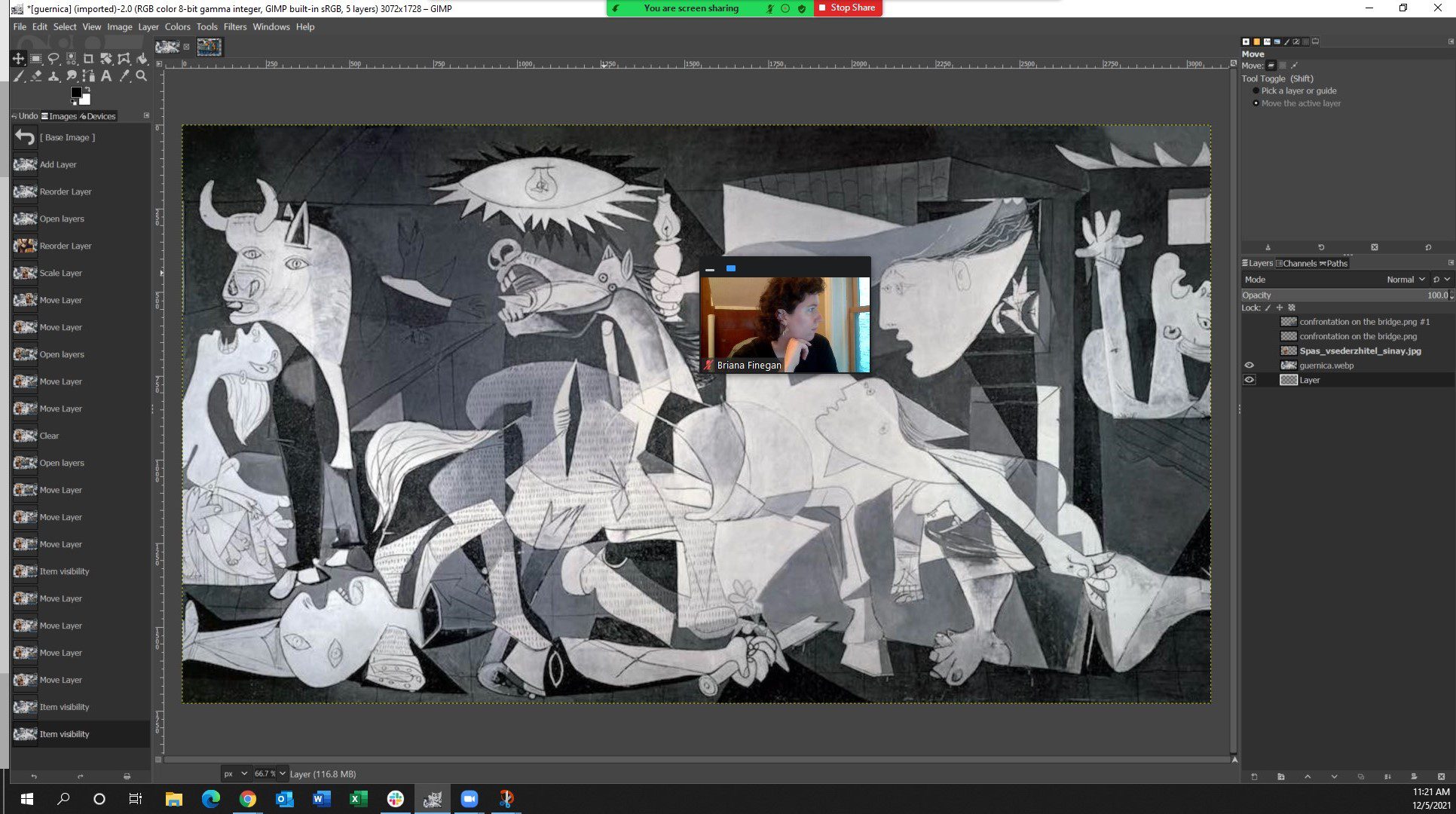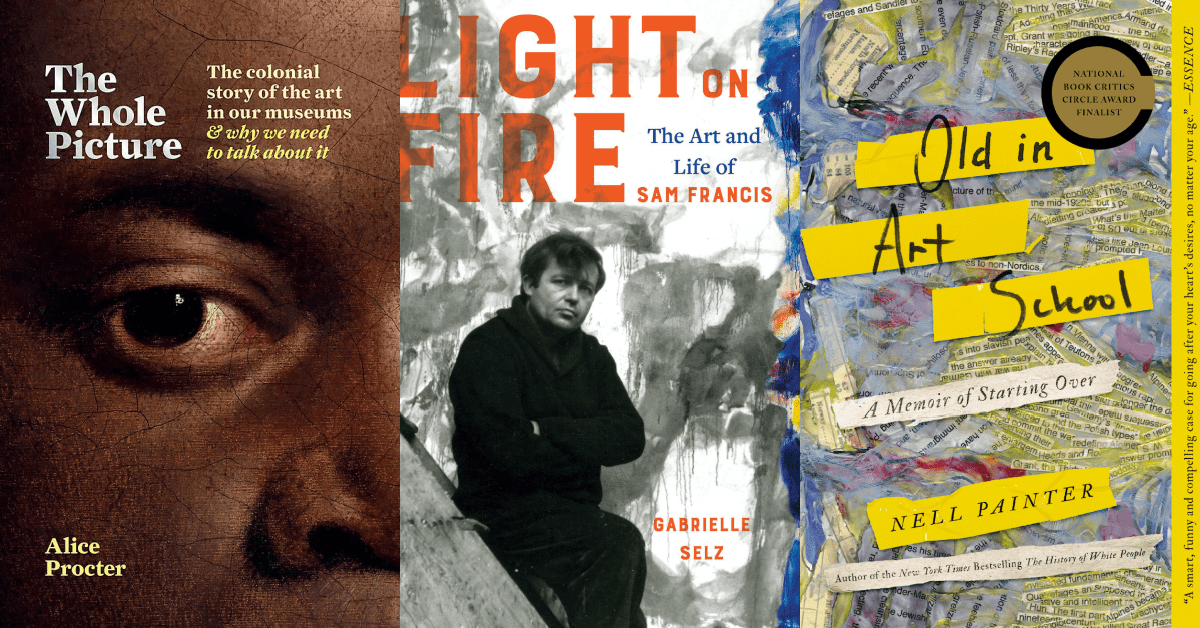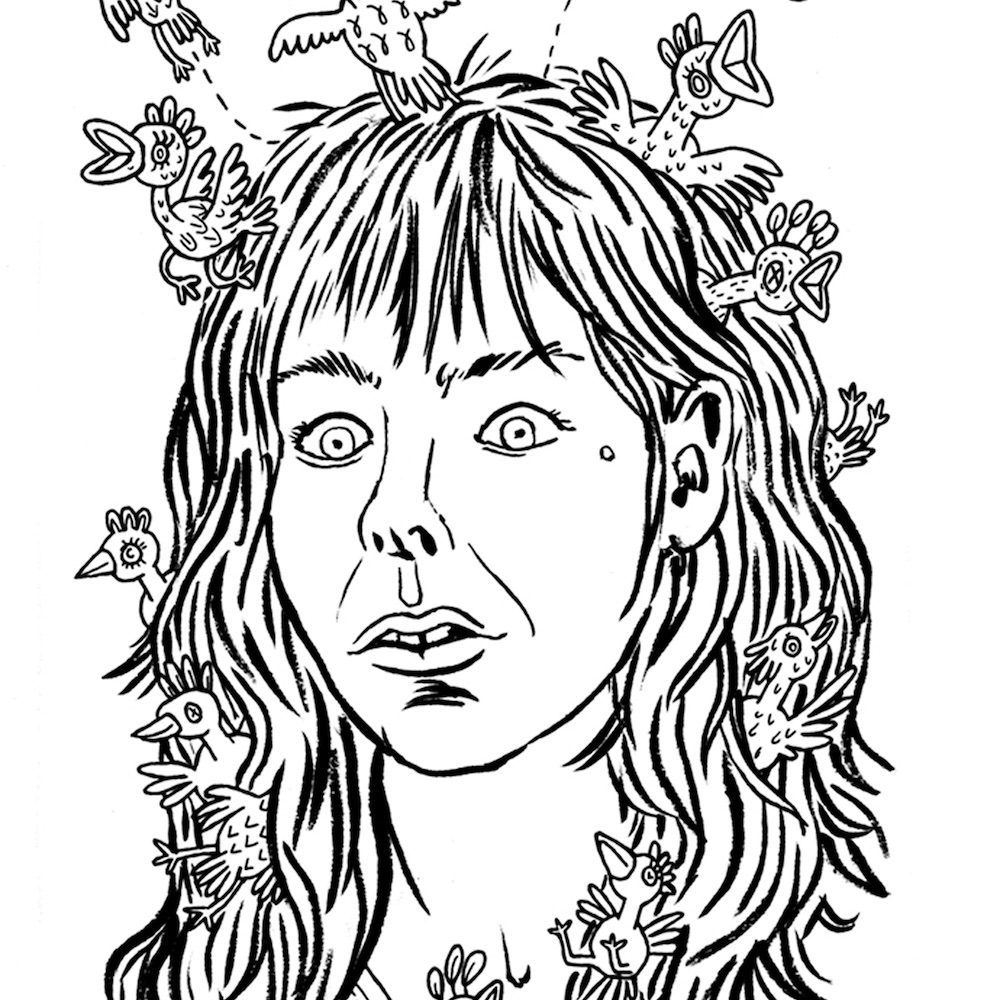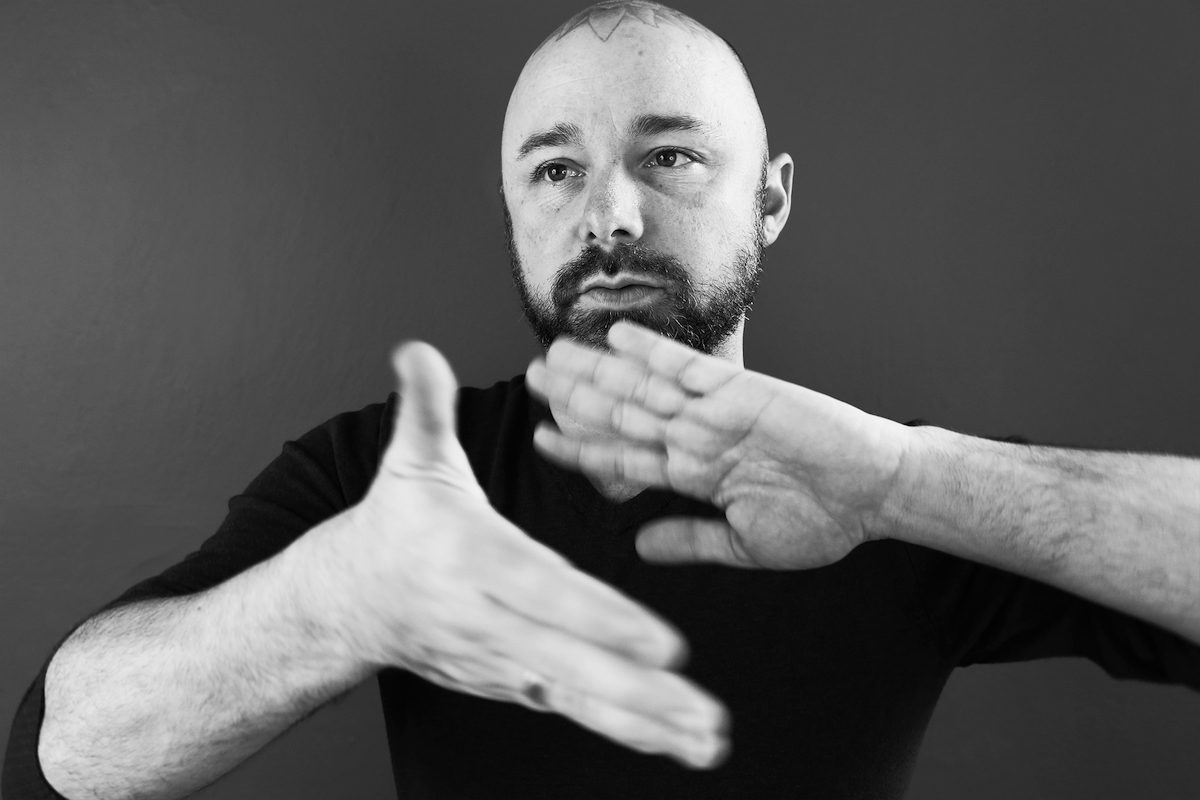Bill Wyman, formerly the arts editor of NPR and Salon.com, these days writes a blog called Hitsville. The other day he made a post that traced Annie Leibovitz’s trajectory from artist-journalist to celebrity suck-up, and basically says — after setting Leibovitz’s personal losses aside and emphasizing that he’s only talking about her epic financial problems — “cry me a river.” But how accurate is this reading of Leibovitz’s career?
To quote the post:
Most folks my age grew up with her Rolling Stone portraits — intriguing, revelatory and era-defining. As time went on, she slipped over into celebrity photography, a much different thing. Originally, she was a true journalist, finding in her work meanings separate from the stars[‘]. Later, however, you could feel her alliances shift, to where she became complicit with the celebrity masks. Her ambitions in this area soon transcended even that of her mentor, Jann Wenner, which is saying something, and she shifted over to being Vanity Fair’s celebrity portraitist-in-chief.
As her brand coalesced, she expanded her work into the extremely remunerative world of magazine advertising, and cornered a distinctive and celebrity-friendly corner of the market; most recently, there was her mega-expensive Disneyland campaign and the recent Louis Vuitton series, with appearances by Keith Richard and Francis and Sofia Coppola.
I find both of those campaigns repugnant: They are classic samples of celebrity and corporate porn, stuffed with pompous intents, mincing self-regard, and opulent excess.
The purchasers of them are the true judges of their effectiveness, but they also don’t seem very useful to me; the Disney ones, particularly, don’t call to mind Disneyland at all. They are weighted, dark, insular, and almost fetishistic in their handling of their celebrity faces. Indeed, they seem more about branding the celebrities (like Whoopie Goldberg’s tiresome simper) than the product.
But it’s the weight that stays with you; the ads do seem heavy to me, weighed down with ad-agency over-thinking, brand-consciousness, celebrity handlers, and, finally, the egos — Jesus, the egos! — the celebs’, Leibovitz’s own, and the bloated ones of the guys running these useless companies.
This is all really well-put as far as it goes; and if you want to get a good idea of how far she has become complicit with celebrity in a certain amount of her work, there’s certainly no better way to do it than to look at the ad campaigns that Wyman cites and spend a good amount of time with the massive A Photographer’s Life: 1990-2005, and then spend time with Photographs: 1970-1990, as the former book does contain a much larger number of the kind of staged celebrity photos for Vanity Fair — striking and dramatic, but still staged to promote the celebrity — that Wyman rightly derides as flashy but second-rate work.
However, I think that Wyman’s reading ignores a significant chunk of the work that can be found in that very same volume, A Photographer’s Life: 1990-2005. It would seem to ignore photos like those of Susan Sontag in the last months of her life — complex images that are only incidentally photos of a celebrity — let alone those of her daughters, or her father. And when I look up the book in the New York Times and check out the slideshow, I find a photo of the concert pianist Mitsuko Uchida that is very reminiscent of her Rolling Stone work.




